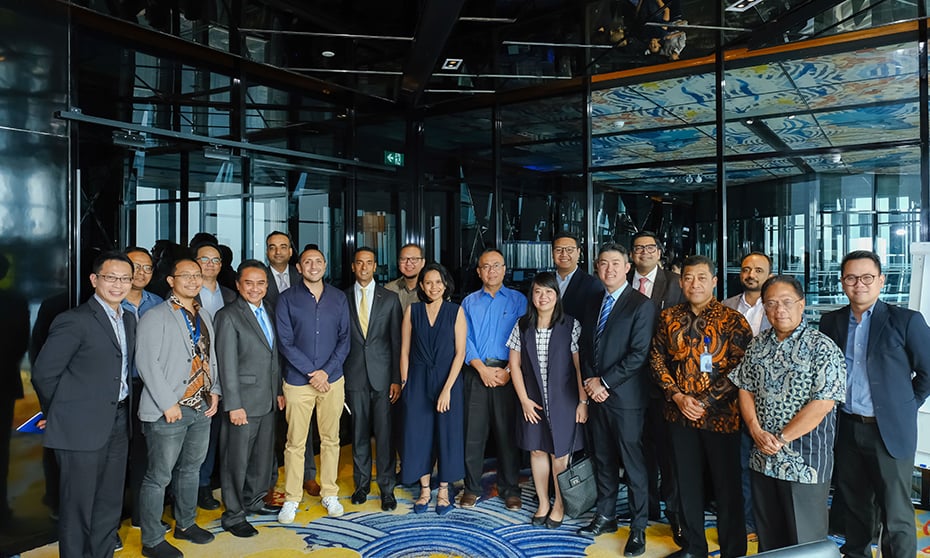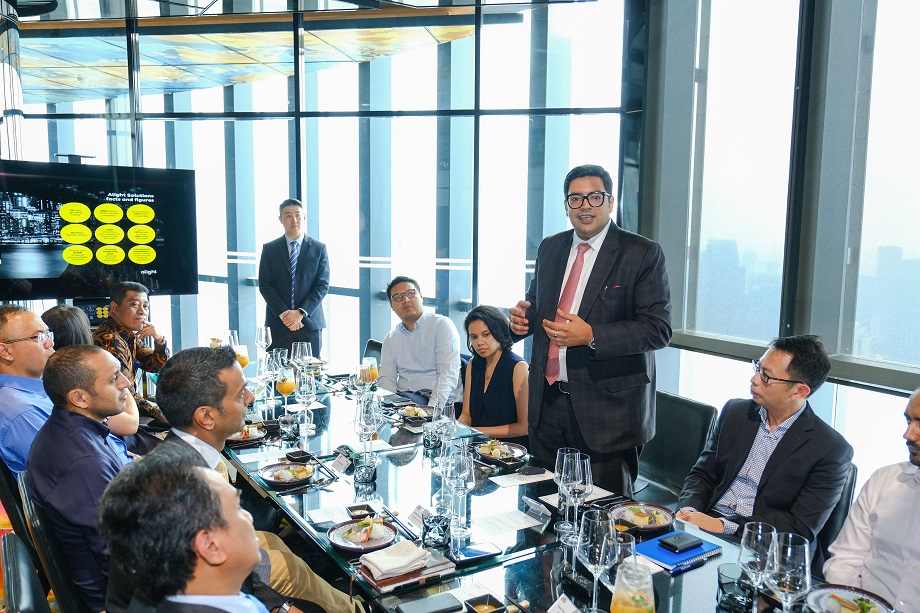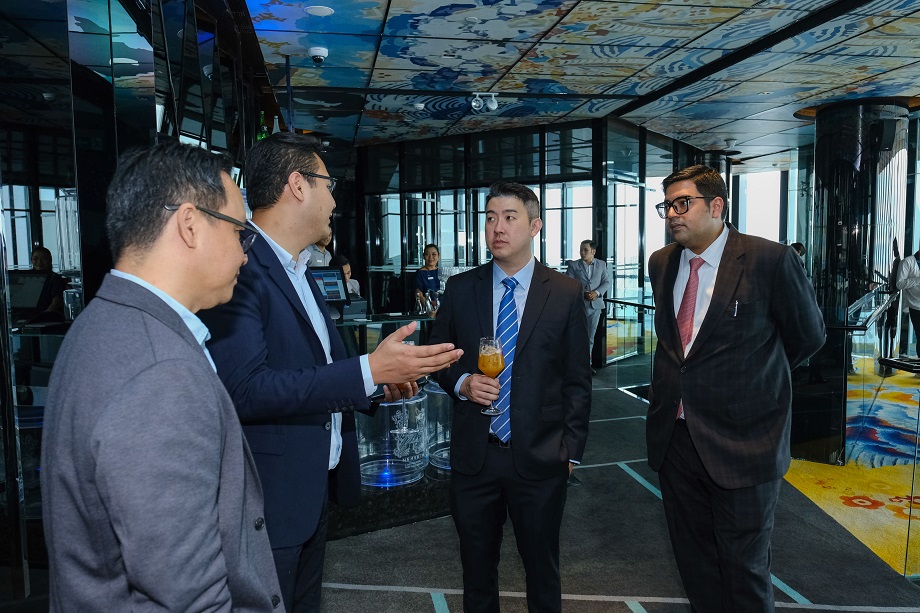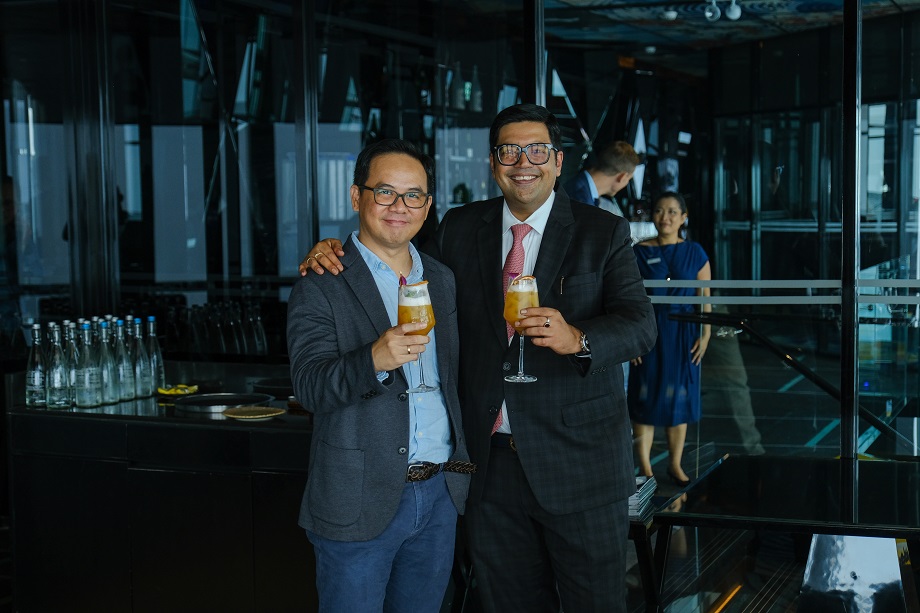
What does transformation look like? What happens after?

What does transformation look like? What do you do when the organisation gets transformation right the first round? What should leaders anticipate next?
Those were some of the questions discussed at a recent executive roundtable in Jakarta co-organised by Alight Solutions and HRD Asia.
Some of the country’s top HR leaders attended the exclusive session. From the first round of introductions, it was apparent that transformation can mean many different things – and typically dependent on the organisation’s business needs.
Transforming industry landscape
A HR head from one of the biggest media organisations in Indonesia is currently in a “dual transformation phase”. He shared that although the company is trying to move away from print and into a digital medium, they “cannot just forget” their core business and make sudden changes.
“Our challenge is to manage both transformations and find out which current capabilities should be transferred [to the new business for] growth,” he said.
Another grappling with a rapidly changing industry was an HR leader at a law firm. As the legal landscape goes through an industry-wide transformation, his team has to rethink and change talent’s perspective of the legal profession. Jokingly, he added that a “law firm is not a scary place to work at”.

Transforming from local to global brand
As for an HR leader in a quickly expanding hospitality organisation, her team was coping with cultural and organisational transformation on a massive scale.
Her team is currently managing 60 hotels locally, but as they expand to more global locations, the company decided to merge with an established global brand. However, that means merging and integrating different regulations, processes and cultures.

Hyper-growth transformation
Then there are the start-ups. The HR head at an Asia Pacific unicorn shared that as they experience ‘hyper growth’, the organisation feels like it’s constantly transforming.
“Change is the only constant we’re seeing right now, but I don’t know if we should hope for less change because we’ve seen plenty of positive growth,” he said.
Another technology start-up said his team was facing similar challenges. From a fast-growing start-up, the company is now fast-growing large organisation. “Essentially, we’re moving from a ‘move fast, break things’ culture, to a ‘move fast, break fewer things’ culture,” he said.

Change is the new normal
Vikrant Khanna, Director, Asia Lead, HR Transformation and Change at Alight Solutions quipped in that the rapid pace of breakthroughs is simply a sign of the times.
“Hyper-growth and hyper-connectivity – these are all leading to business models getting challenged and shifting at all times,” Khanna said. “The way we do work is changing. Organisations and the way jobs are looked at are changing.
“That means there’s automation coming in, but more importantly, it means the way we need to scale and rescale, as well as learn and relearn will become even more important in future. It’s already very important now.”
Currently, with all the information overload, he added that leaders need to know how to cut through the clutter and ensure everyone works for a purpose. Leaders should also reflect on how all the changes are impacting HR.
“I think this is the most exciting of times,” he said. “Day after day, in the conversations that we’re having, HR is increasingly getting a seat at the table and on the board.
“If you look at any business transformation or any business model shift, it boils down to things like culture and how change will be adopted.
“Gone are the days when HR was just supposed to bring heart to the table. Now people want, heart, brain and probably a wallet [to explain] how HR can impact the business.”